The Great Grapevine Road Fight, Part II
In January 1919, the Tarrant County Commissioners court designated twenty-three miles of the Grapevine Road to be maintained from the county’s part of automobile license revenue. The previous year $55,000 had been received but not yet spent, so soon there would be $100,000 in the county coffers for road maintenance. In March, the National Good Roads Association held its annual convention in Mineral Wells, Texas, and as part of the Texas delegation J. E. M. Yates and H. F. Saunders were appointed to represent Grapevine. The Road To Improvement Pushes Forward By the end of April a movement to call a good roads election, chaired by H. R. Wall, Commissioner of Precinct 3, was endorsed by over twenty-five Grapevine citizens at the Farmers National Bank. All but two attendees signed a petition favoring a bond issue to give Tarrant County the best possible roads. Commissioner Wall told the group that...



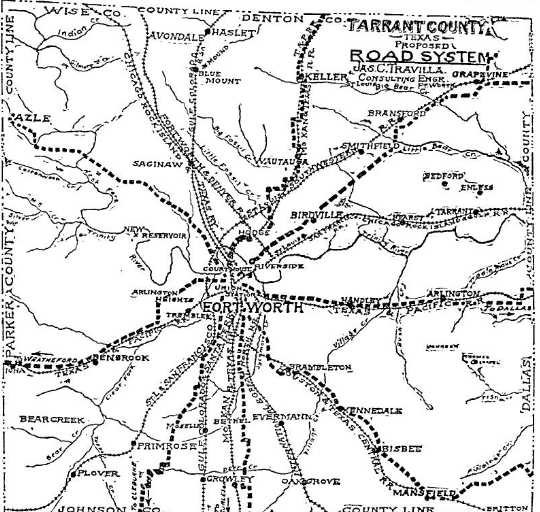
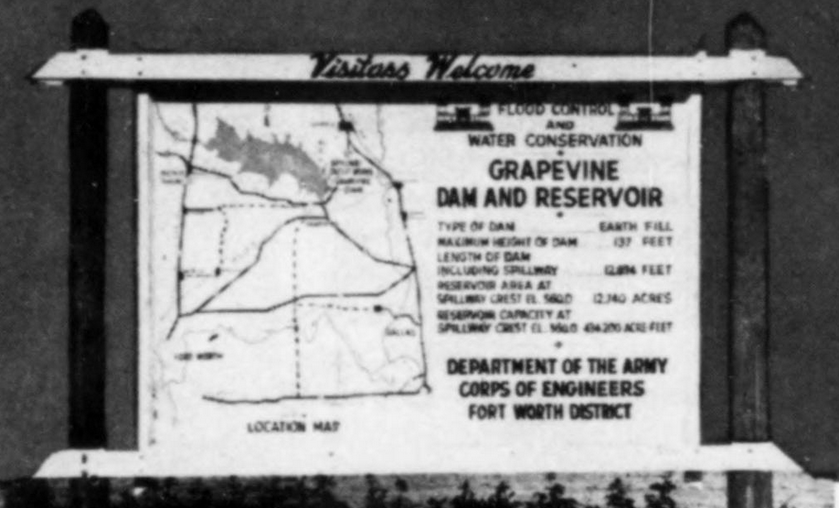

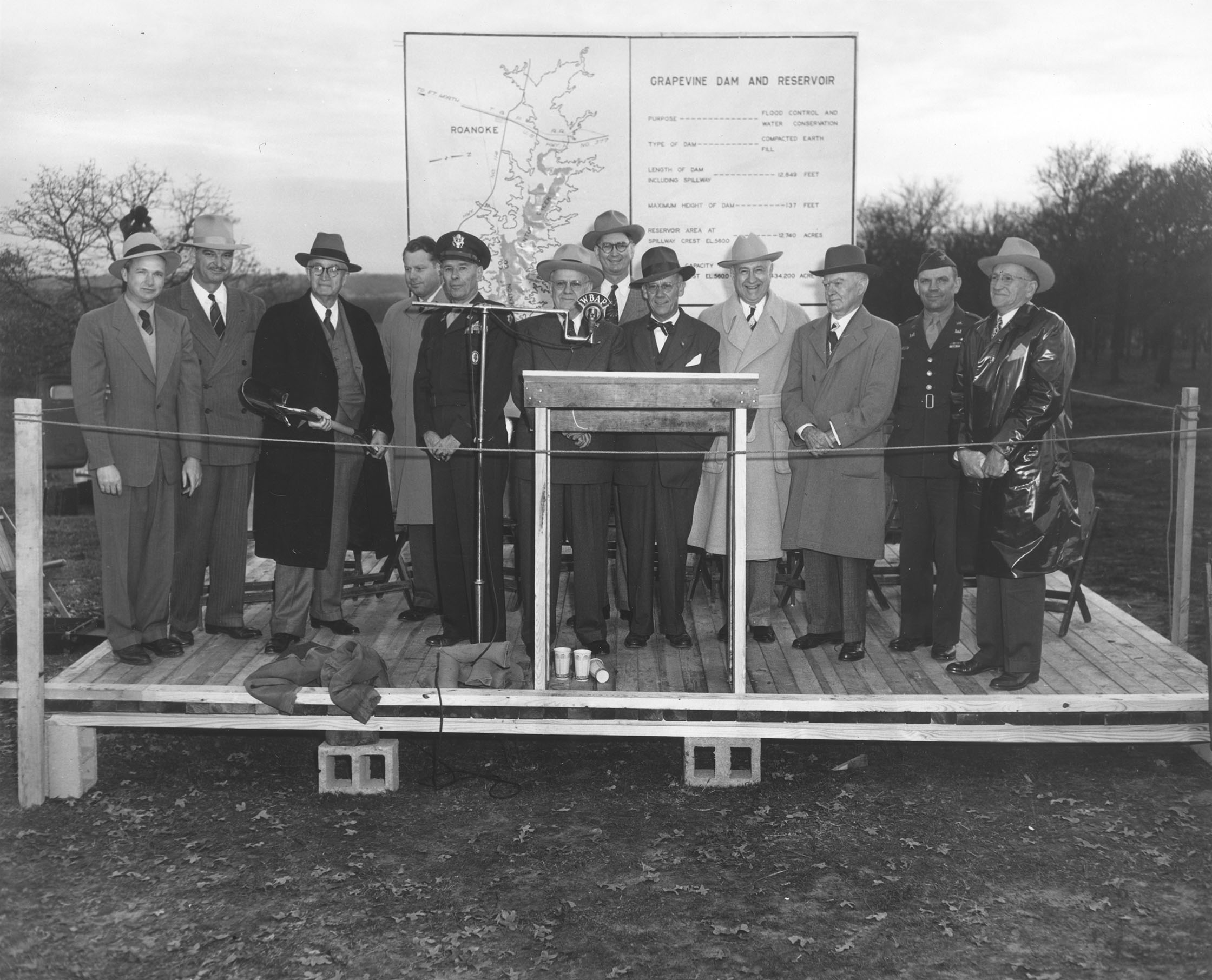
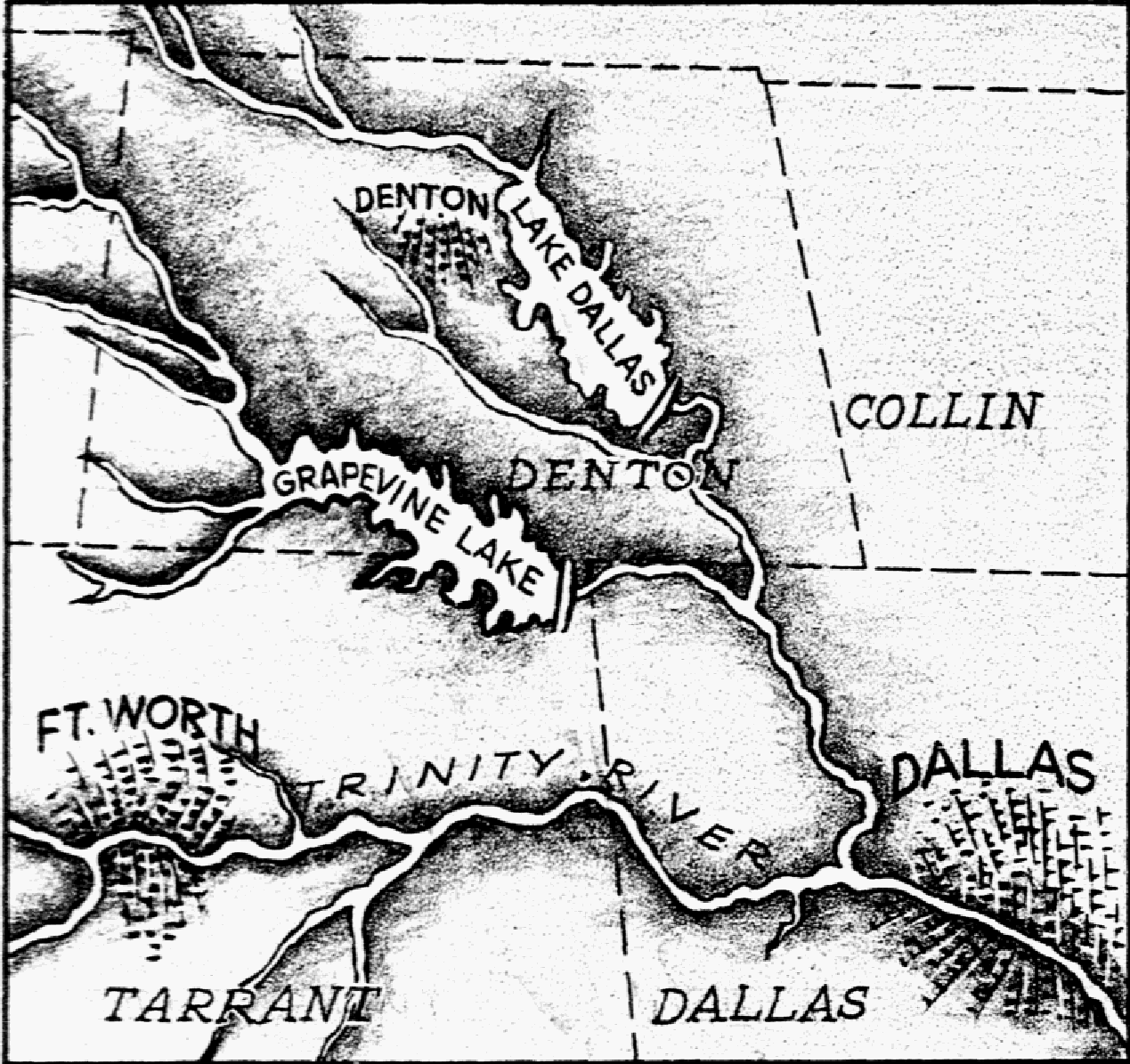

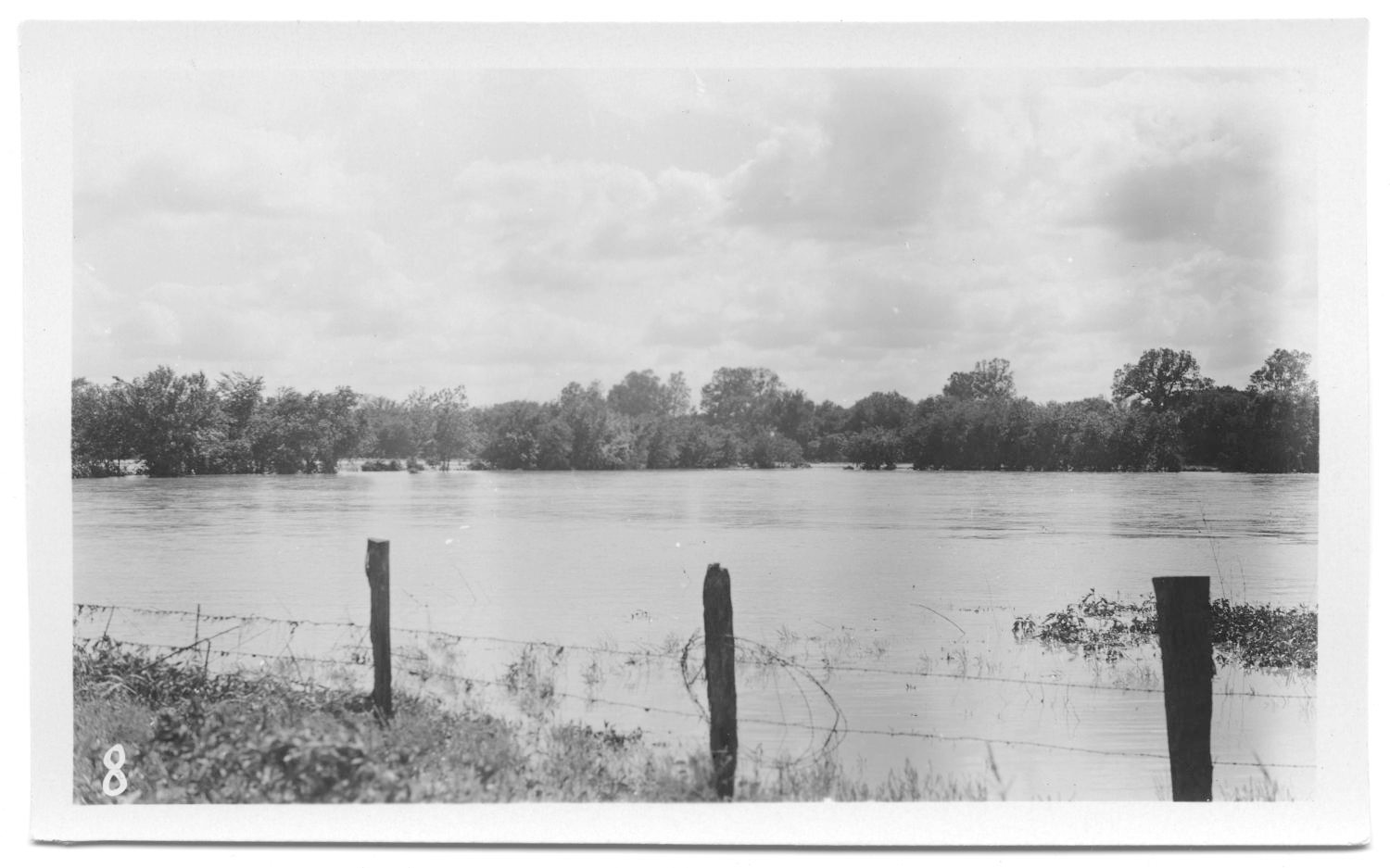
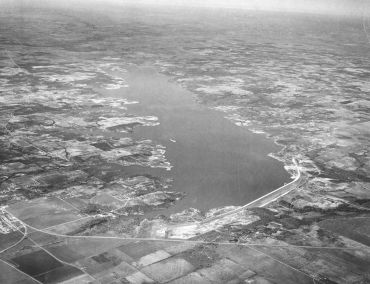

Recent Comments